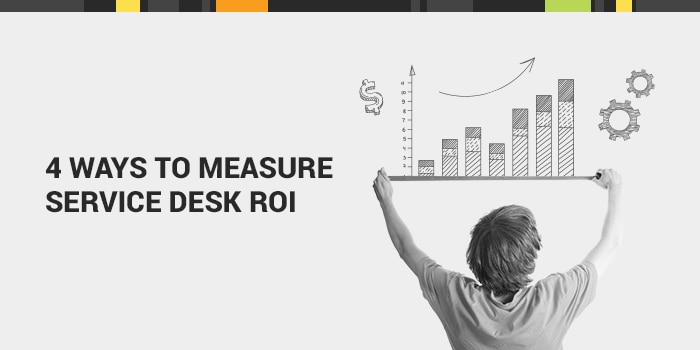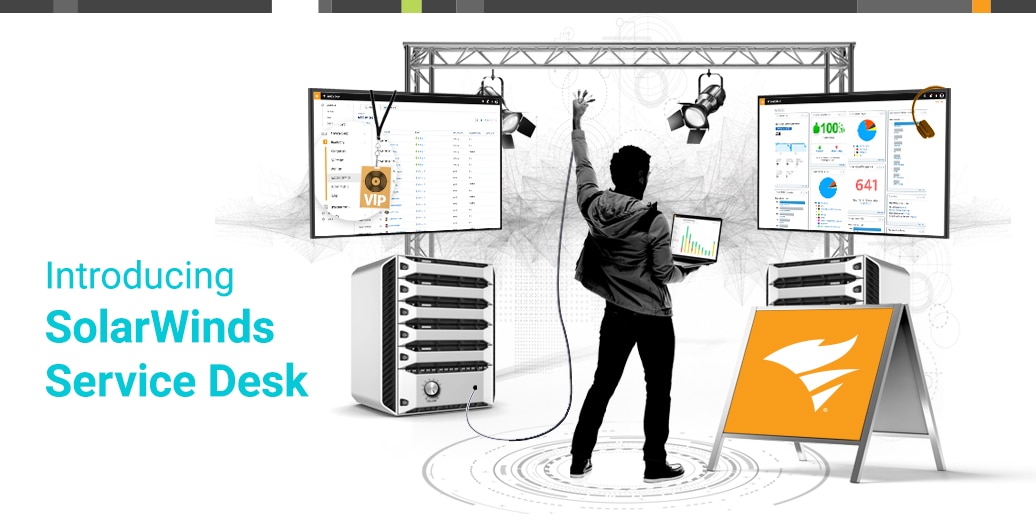How Artificial Intelligence Can Lower Service Desk Resolution Times
January 23, 2018
IT Service Management

If you use popular online services like Netflix, Amazon, or Facebook, you’re benefiting from the power of recommendations -- a common form of artificial intelligence. These recommendations are, of course, based on user data and activity. Though these pieces of functionality are common in consumer products, they can also drastically reduce resolution times from the service desk, creating a better customer experience.






